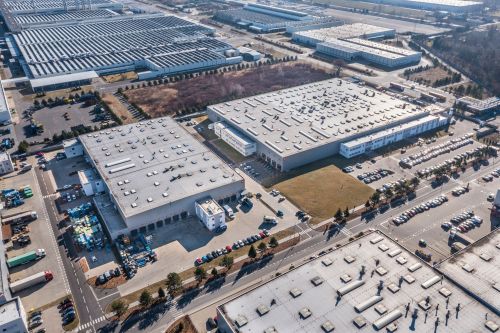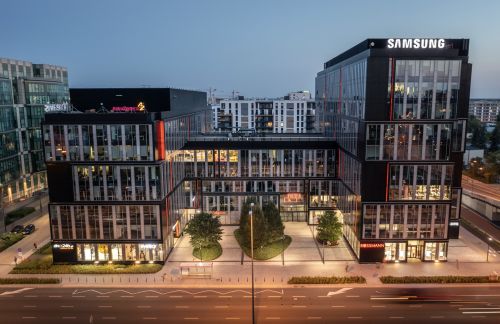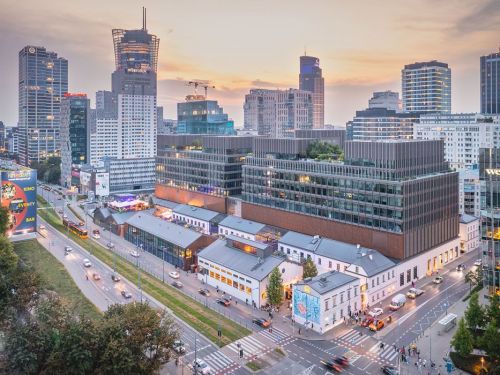Old tenement buildings and townhouses on the most exclusive streets in city centres are just asking to be converted into luxury apartments, luxury offices or boutique hotels. But such spectacular renovations are still a rarity in the world we live in and the word ‘modernisation’ covers a multitude of sins. Old townhouses are sometimes converted into office space, but this is rarely class-A standard, and against such a background, those particular projects that turn out to be exceptional are able to stand out even more. “Office space in renovated historic townhouses in Warsaw makes up around 1 pct of the total stock,” reveals Mateusz Polkowski, the head of research and consulting at JLL. “This is a very narrow niche and you’ve got to remember there’s no general rule for it. You can count on one hand the prime buildings where a lot of effort, time and money has been put into their restoration and modernisation to bring them up to the standards of































































